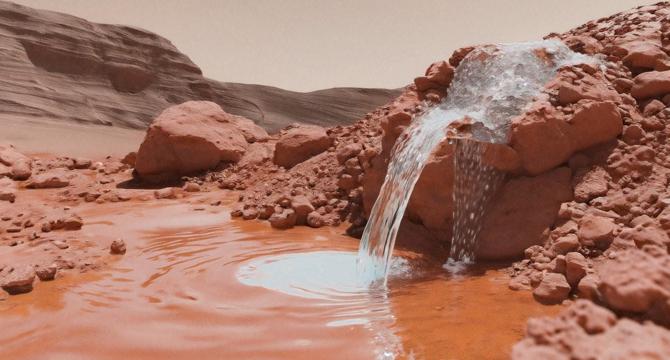Brighter Side of News
3d
16

Image Credit: Brighter Side of News
NASA researchers discover what happened to Mars’ water
- Mars, once rich with flowing water, is now a cold, dry desert, prompting researchers to uncover clues about its missing water using NASA's Hubble Space Telescope and the MAVEN mission.
- Researchers like John Clarke are focusing on the theory that Mars' water either froze into the ground or broke into hydrogen and oxygen atoms, with the lighter hydrogen escaping into space.
- By observing hydrogen atoms escaping Mars' atmosphere, researchers estimate the amount of water lost over time, unraveling the planet's transformation from a wet world to its current state.
- Mars' dynamic atmosphere experiences rapid temperature changes influenced by its distance from the Sun, impacting water loss processes over the planet's history.
- The collaboration between Hubble and MAVEN has provided insights into hydrogen escape rates on Mars, shedding light on the fate of the planet's water and ancient climate.
- Studying Mars' water history is crucial for understanding Earth-sized planets in habitable zones, offering insights into planetary evolution and the potential for life beyond our solar system.
- The MAVEN mission, launched in 2013, aims to study Mars' upper atmosphere to unravel its atmospheric loss, climate change, and the disappearance of liquid water on the planet.
- MAVEN's major findings include discoveries about atmospheric erosion during solar storms, processes leading to atmospheric sputtering, and insights into Martian winds and electric currents.
- Ongoing research by MAVEN continues to provide valuable data on Mars’ past, atmospheric processes, and the potential for human habitation on the planet.
- The study's collaboration with Hubble and MAVEN, along with ongoing research, contributes to a deeper understanding of Mars' water loss, atmospheric dynamics, and planetary evolution.
Read Full Article
Like
For uninterrupted reading, download the app